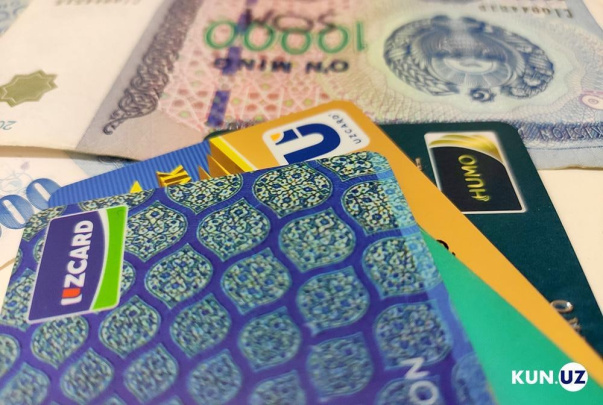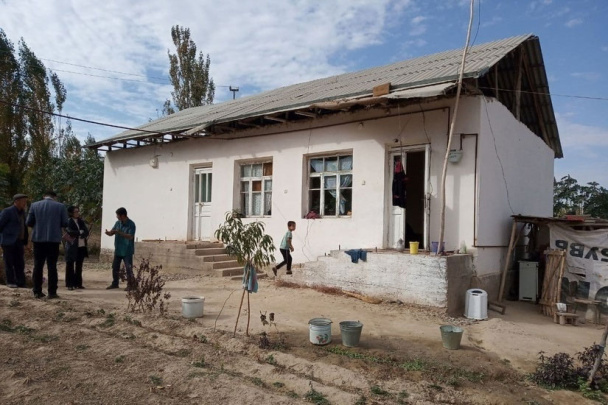The country remains among the regional leaders in expected economic growth rates.
The recovery of the economy in Europe and Central Asia will be slower than expected, according to a recent review by the World Bank.
The region's prospects are negatively affected by declining global growth, particularly in China, falling commodity prices, and tight monetary policy. However, inflation is decreasing faster than calculated—especially in developing countries.
According to the baseline forecast, the region's aggregate GDP will grow by 2.8% this year, compared to 3.3% in 2023. The World Bank expects the production growth rate to remain unchanged in 2025.
Last year, Uzbekistan’s economy grew by 6%. Among the countries in the region, it shared fifth place with Montenegro, behind Kyrgyzstan (6.2%), Georgia (7.5%), Tajikistan (8.3%), and Armenia (8.7%).
Investments grew primarily due to increased lending to businesses and state-owned enterprises by 11.6%. Slowing inflation after the spike in 2022, real wage growth, and reduced unemployment contributed to increased consumption and reduced the poverty level to 4.5%.
There was an increase in the budget deficit—partly due to emergency spending to support the energy sector—and growth in the negative balance of external trade. Gas exports halved, while Uzbekistan began importing gas from Russia.
The weakening of the ruble reduced the inflow of foreign currency from labor migrants, also affecting the current account. Additionally, salaries for skilled workers grew faster, indicating the potential for income inequality.
For 2024, the World Bank expects Uzbekistan's economy to grow by 5.3%, or 0.2 percentage points less than at the beginning of the year. The 2025 forecast remains unchanged at 5.5%.
The main drivers of growth will be structural reforms of the state sector, privatization, and energy. Exports to key markets in Russia and China will slow down, while the import dynamics will remain stable.
Further possible reductions in remittances will contribute to the current account deficit. However, foreign financing attracted for the transformation of the economy will allow covering it.
Economists predict inflation growth due to the expected increase in energy carrier tariffs. On the other hand, tight monetary policy by the Central Bank will keep price growth at around 8% in the medium term.
Reducing energy and other subsidies will allow budget consolidation and reduce its deficit to 4.2% of GDP (3% by 2026). Due to adherence to external borrowing restrictions, public debt will peak at 36.5% of GDP this year and decrease to 34.4% in two years.
Uzbekistan entered the regional top-5 for forecast growth rates for 2024. Higher growth is expected only in Armenia (5.5%) and Tajikistan (6.5%).
The slowdown in growth in Russia and China, tightening conditions in global financial markets, and increasing credit burdens on the public sector and banks are considered the main risk factors. Positive trends could include productivity improvements, and high prices for gold and copper.




